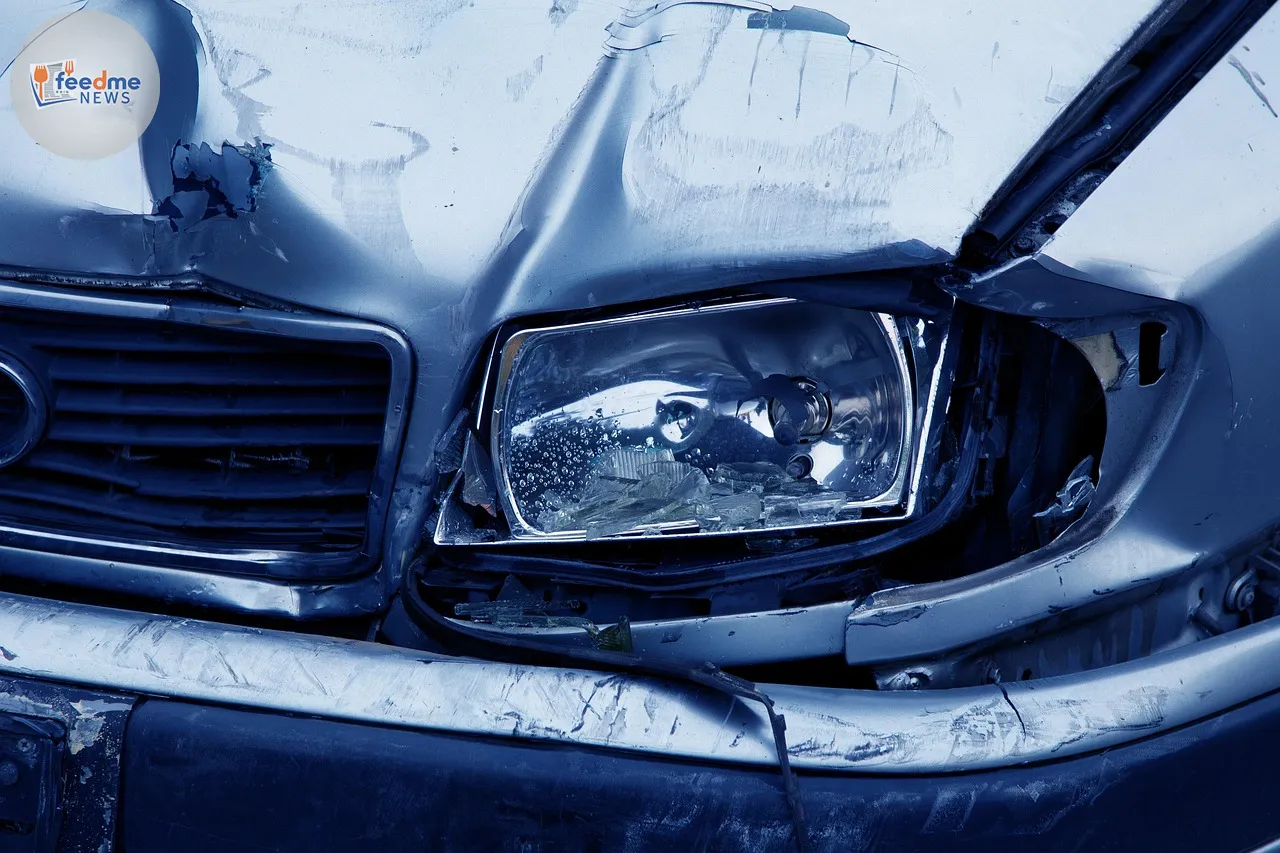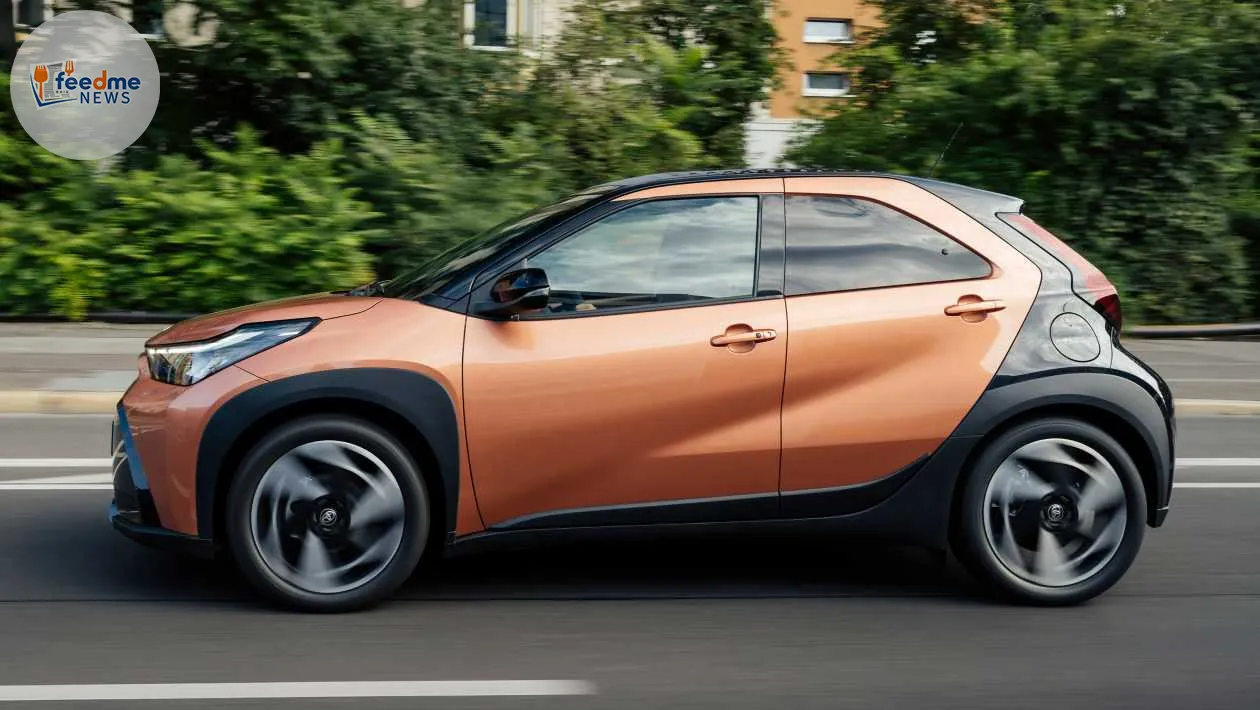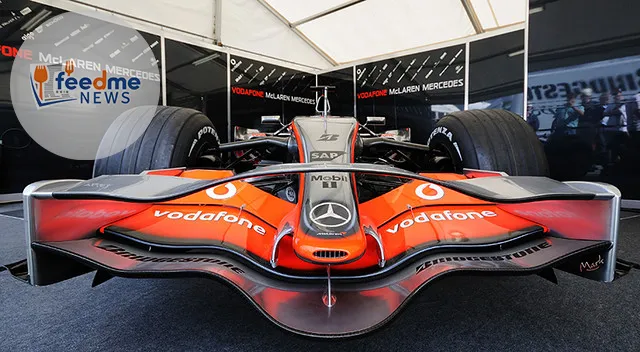The rising complexity of modern cars is leading to soaring repair costs following crashes, as intricate wiring systems become a significant factor in post-accident repairs. Experts warn that almost every collision now results in the need to replace or repair extensive wiring looms, reflecting the increasing reliance on advanced technology in vehicles today.
This growing trend was highlighted in a recent report by Auto Express, published on 11 June 2025, which delves into the challenges faced by car owners and repair shops alike due to the sophisticated electronic systems embedded in modern cars.
The New Reality of Car Repairs
In the past, car repairs were often straightforward, involving the replacement of mechanical parts like bumpers or fenders. However, the landscape has shifted dramatically with the advent of technology-laden vehicles. According to industry experts, the intricate wiring looms that power everything from advanced driver-assistance systems (ADAS) to entertainment units are now a significant part of crash repairs.
John Smith, a senior technician at a leading auto repair shop, explains, “Even minor accidents can lead to substantial damage to the wiring systems. These looms are not only complex but also costly to replace, adding to the repair bill significantly.”

The Technology Factor
Modern vehicles are equipped with a plethora of electronic aids and features designed to enhance safety and comfort. While these advancements have undoubtedly improved the driving experience, they have also introduced a new layer of complexity in automotive repairs.
Dr Sarah Johnson, an automotive engineer, notes that “the integration of technology in cars is a double-edged sword. While it provides numerous benefits, it also means that what used to be a simple repair can now be a complex and expensive process.”
The cost of replacing or repairing these systems can be daunting. A single wiring loom can run into thousands of pounds, depending on the make and model of the vehicle, and the labour involved in replacing these parts is often extensive.
Economic Implications for Car Owners
For car owners, the financial impact of these repairs can be significant. Insurance companies are reporting an increase in claims related to the repair of electronic systems, which in turn can lead to higher premiums for policyholders.
Emma Brown, a spokesperson for a major insurance firm, states, “We’re seeing a marked increase in the cost of claims related to technology repairs. This trend is likely to continue as cars become more advanced, and it’s something that both insurers and consumers need to be aware of.”
This rise in repair costs is prompting some car owners to reconsider the types of vehicles they purchase, with a growing interest in models that are less reliant on complex electronic systems.
Repair Industry Adaptation
The automotive repair industry is also feeling the pressure to adapt to these changes. Repair shops are investing in training and equipment to handle the sophisticated systems found in modern vehicles. Technicians must be well-versed in both traditional mechanical repairs and the intricacies of electronic diagnostics.
According to Mark Lewis, owner of a chain of repair shops, “We’ve had to invest heavily in training and new diagnostic tools to keep up with the demands of repairing modern cars. It’s a significant shift, but necessary to meet the expectations of our customers.”
This adaptation is crucial not only to ensure efficient repairs but also to maintain safety standards. Incorrectly repaired electronic systems can lead to further complications and even compromise vehicle safety.
Looking Ahead
As the automotive industry continues to innovate, the trend towards technologically advanced vehicles shows no signs of slowing down. This evolution presents both challenges and opportunities for manufacturers, insurers, and repair shops.
The key takeaway for consumers is the importance of understanding the implications of purchasing a technology-heavy vehicle. While these cars offer numerous benefits, they also come with potential costs that should be factored into the decision-making process.
For the industry, the focus will be on balancing technological advancements with practical repair solutions, ensuring that the benefits of modern vehicles do not come at an unsustainable cost to consumers.
In conclusion, the integration of complex electronics in cars is reshaping the landscape of automotive repairs. As this trend continues, stakeholders across the industry must collaborate to manage the economic and practical challenges it presents, ensuring that consumers can enjoy the benefits of modern technology without facing prohibitive costs.





